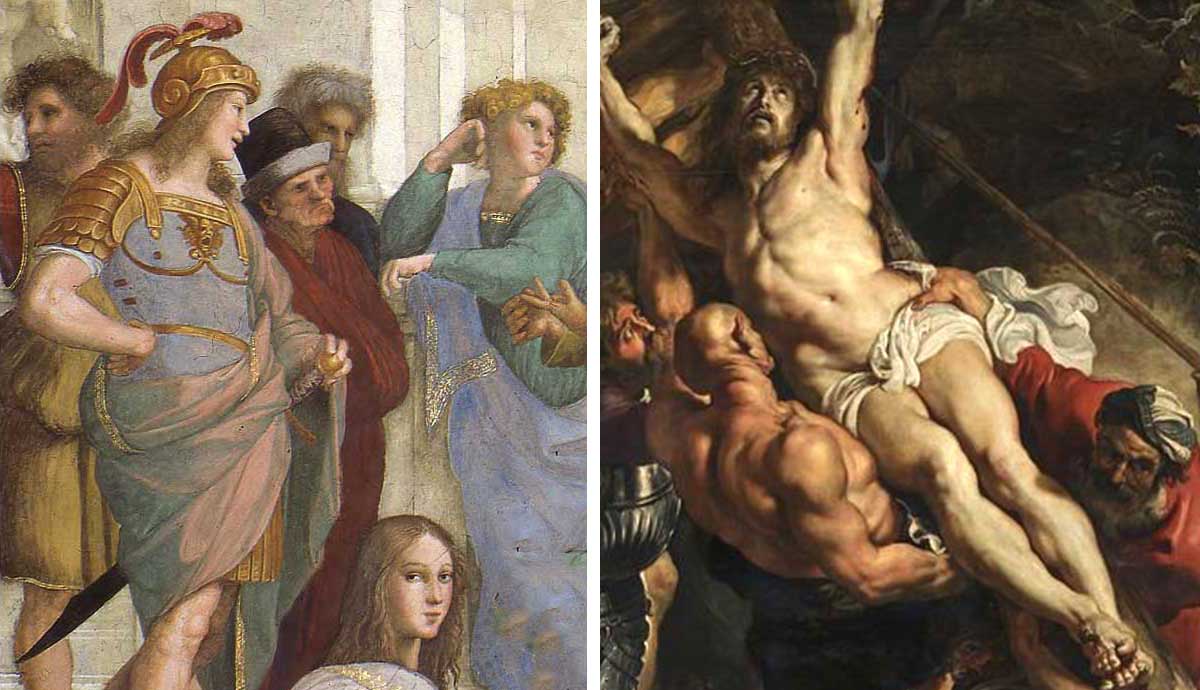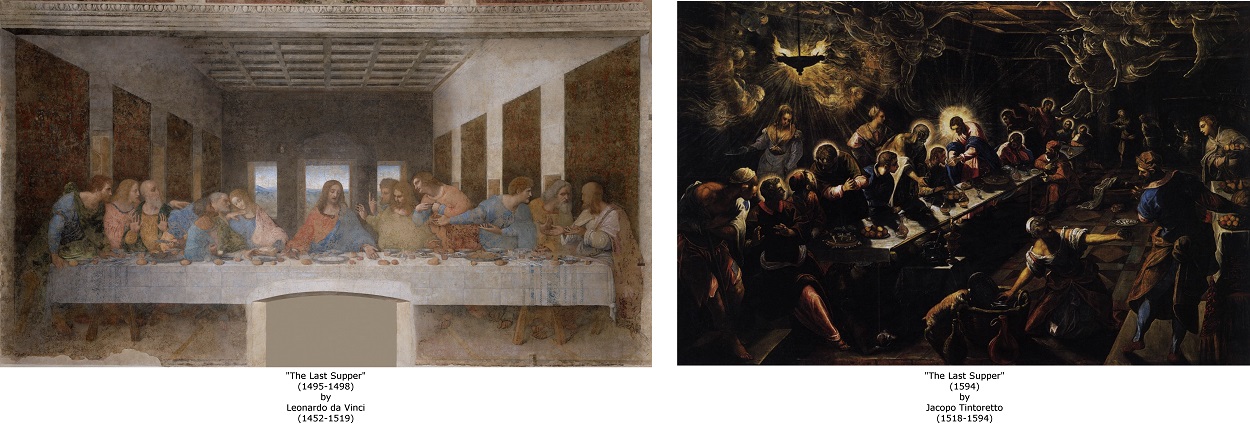Alright, so I’ve been meaning to share this little journey of mine. For the longest time, I’d look at old paintings and sculptures and, you know, just lump them all together as "old art." But then I started hearing folks talk about "Renaissance" this and "Baroque" that, and honestly, I couldn't tell you the difference if my life depended on it. It kinda bugged me, so I decided to actually figure it out.
My First Confusing Steps
First thing I did, naturally, was just a quick search online. Saw a bunch of dates, names of artists, and some fancy words. My eyes kinda glazed over. It was like, okay, Renaissance came first, then Baroque. Got it. But visually? Still a blur. They both had religious scenes, lots of people in robes, that sort of thing. I thought, "There's gotta be an easier way to get this."
Digging into Renaissance: What I Noticed
So, I decided to just look at a bunch of famous Renaissance pieces. I pulled up images of stuff by Leonardo da Vinci, Michelangelo, Raphael – the big names, you know? What I started to see was a kind of... calmness? Like, everything felt very balanced and orderly. The people, even if they were in a dramatic scene from the Bible or mythology, looked pretty composed, almost idealized. Think of the Mona Lisa or The School of Athens. The lines seemed clear, and you could often see everything pretty well, no super dark shadows hiding things. It felt like they were really into harmony and proportion. I remember thinking, "Okay, this feels very put-together, very thought-out."

- Key takeaway for me: Balanced, calm, clear, idealized figures.
Then Came Baroque: The "Whoa" Moment
After getting a bit of a feel for Renaissance, I switched over to looking at Baroque art. Think artists like Caravaggio, Bernini, Rembrandt (though he's a bit of his own thing, but still fits). And man, the difference started to hit me. This stuff was dramatic. Like, capital D dramatic. Lots of intense emotion on faces, bodies twisting and turning, a real sense of movement and energy. And the lighting! That was a big one. They call it "chiaroscuro" – big contrast between light and dark. It made everything super theatrical, like a spotlight on the main action. Everything also felt much more grand and ornate, lots of rich details, gold, you name it.
I looked at Bernini's sculptures, like his "Ecstasy of Saint Teresa," and it was just overflowing with emotion and movement. Caravaggio's paintings were so intense with the dark backgrounds and brightly lit figures. It wasn't calm and orderly like the Renaissance stuff; it was designed to grab you, to make you feel something powerful.
- Key takeaway for me: Dramatic, emotional, movement, intense light/dark, ornate.
How I Keep Them Straight Now
So, after staring at a whole load of art, here’s kinda how I boiled it down for myself, in super simple terms:
Renaissance: It's like the moment of perfect, graceful pose. Think of a beautifully arranged, well-lit photograph where everyone looks their best and the composition is super harmonious. It's about clarity, balance, and a kind of serene beauty.
Baroque: This is the action shot, the height of the drama. Imagine a scene from a really intense play or movie, with dramatic lighting, people caught in mid-motion, expressing big emotions. It’s meant to be powerful, to awe you, and get an emotional reaction.

It's not a perfect science, of course, and artists sometimes blend styles, but this general vibe check helps me a ton. I started noticing things like, if the figures look like they're about to leap out of the frame or are contorted in agony or ecstasy, chances are it's leaning Baroque. If everyone looks thoughtful, balanced, and the scene is clear and even, probably Renaissance.
Why Bother?
Honestly, just being able to walk into a museum or look at a picture online and have a slightly better idea of what I'm seeing, what the artist might have been going for, makes the whole experience richer. It’s like learning a few words in a new language; suddenly, you can appreciate a bit more of the conversation. It was a fun little personal project, and now I don't feel quite so lost when people start throwing those terms around. Plus, some of that Baroque stuff is just wild to look at once you know what to look for!












